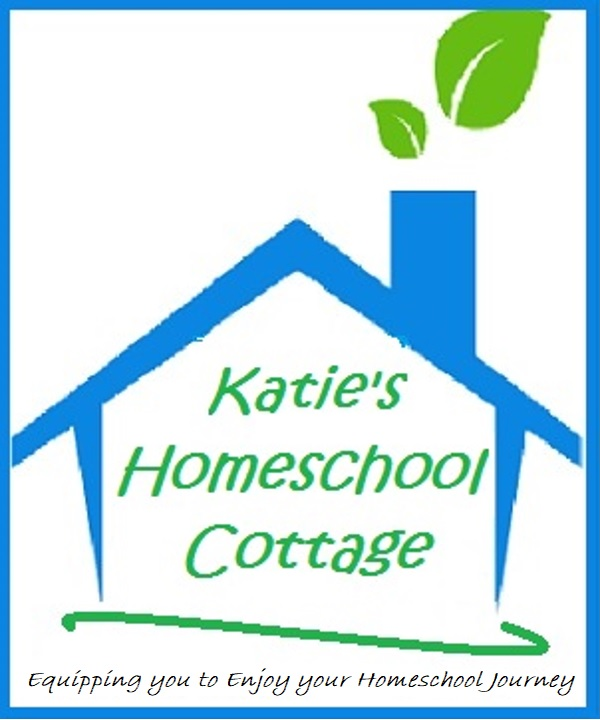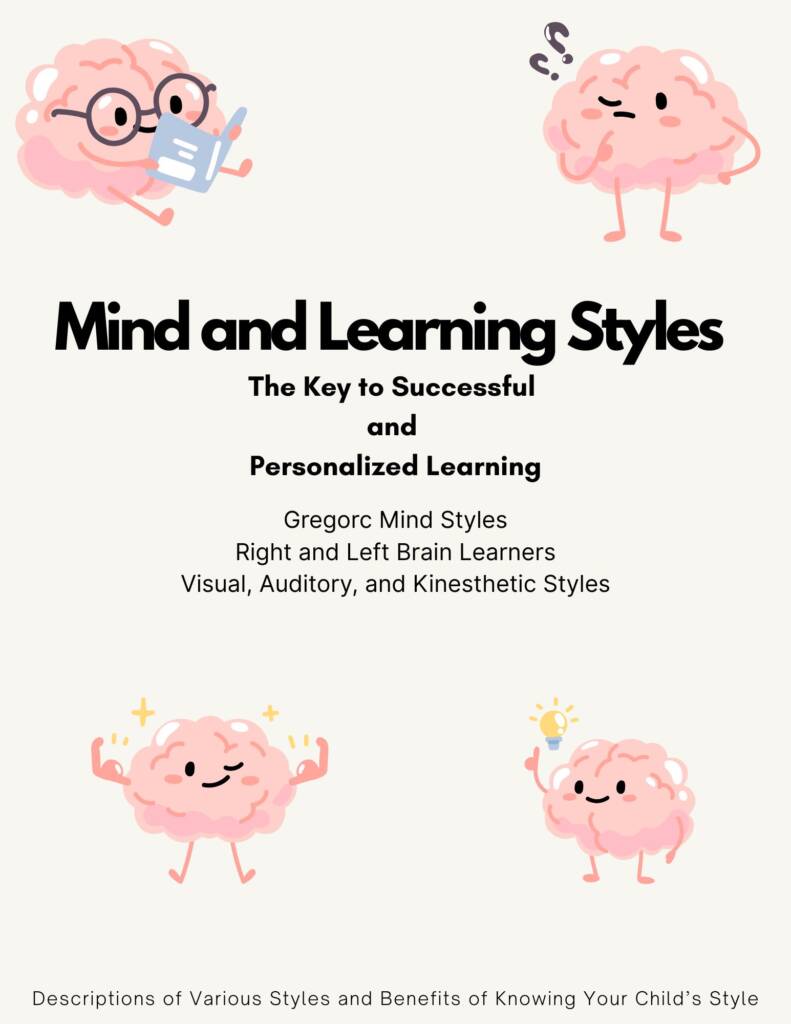This post about the Eclectic Homeschool Method is the seventh post in a 10 part series about different homeschooling methods.
This series includes the following homeschooling methods:
- Classical Homeschool
- Charlotte Mason
- Montessori
- Unschooling
- Traditional or School at Home
- Project Based Learning
- Eclectic or Mixed Approach
- Unit Studies or Thematic
- Delight Directed or Interest Led Learning
- Waldorf
Eclectic Homeschooling: Tailoring Education to Your Child’s Unique Needs
Homeschooling offers an incredible opportunity for parents to shape their children’s education in ways that public or private schools often cannot.
One of the most flexible and personalized ways to homeschool is through an Eclectic or Mixed Approach—a method that blends multiple educational philosophies, resources, and teaching styles to fit your child’s unique strengths, interests, and needs.
If you’re a homeschool mom who values flexibility and wants to tailor your child’s learning experience without being locked into a single curriculum or philosophy, this post is for you.
Let’s explore what the eclectic approach is, why so many families love it, how to implement it effectively, and tips for making it work beautifully in your homeschool.
Let’s dive deep into what eclectic learning is, how it works at home, and why it might be the perfect fit for your family and your child’s learning style.
What Is the Eclectic Homeschool Method?
The Eclectic or Mixed Approach is exactly what it sounds like—a thoughtfully chosen blend of teaching methods, materials, and philosophies. Instead of following one rigid educational style (like Classical, Charlotte Mason, Montessori, or Unschooling), eclectic homeschoolers:
- Select the best elements from different approaches
- Combine curricula from various sources
- Use a range of materials—from textbooks and online courses to hands-on projects and nature walks
- Adapt their teaching style to fit their child’s evolving interests, learning preferences, and developmental pace
This approach is inherently flexible and highly customizable. It allows you, as a parent-teacher, to be both creative and responsive, crafting a unique educational path that suits your family’s goals and your child’s personality.
Why Choose an Eclectic Homeschool Method?
1. Personalized Learning for Your Child
No two children learn the same way. One may thrive with structured lessons and classical texts, while another excels through creative projects and outdoor exploration. Eclectic homeschooling lets you mix and match to meet your child exactly where they are.
2. Freedom to Explore and Innovate
You’re not bound by any single curriculum or ideology. Want to add a nature study from Charlotte Mason, a math program from Singapore Math, and a bit of unschooling freedom on weekends? Go for it! The eclectic approach embraces experimentation.
3. Flexibility to Change Over Time
As your child grows, their learning needs and interests will shift. The eclectic method lets you easily pivot—introducing new methods or materials that resonate better at different stages.
4. Access to a Broad Range of Resources
You can use the best of traditional textbooks, online interactive courses, local classes, hands-on kits, and everyday experiences—without being confined to just one type of material.
5. Fits Diverse Family Lifestyles
Whether you’re a full-time homeschooler, a part-time co-op participant, or a parent juggling multiple responsibilities, an eclectic approach can be tailored to your schedule and goals.
How Does the Eclectic Homeschooling Approach Work?
Step 1: Understand Your Child’s Learning Style and Interests
Start by observing your child. Are they a visual learner who loves videos and illustrations? A hands-on learner who enjoys crafts and experiments? Do they have a passion for history, nature, or technology? Knowing their preferences helps you select the right materials and methods.
Step 2: Identify Your Educational Goals and Family Values
Consider what you want your child to achieve academically, socially, and personally. Do you want a strong foundation in math and reading? Exposure to the arts? Emphasis on character development? Your goals will guide your choices.
Step 3: Research and Choose Resources
With your child’s style and your goals in mind, explore different curricula and resources. Some popular combinations might include:
- Classical reading selections paired with Montessori math materials
- Charlotte Mason’s nature study alongside online science courses
- Unschooling weekends mixed with structured language arts programs
Make sure to preview materials, check reviews, and consider how well they align with your philosophy and your child’s interests.
Step 4: Create a Flexible Schedule or Framework
While the eclectic approach embraces flexibility, having a loose framework or rhythm can help balance freedom with consistency. Decide how many days per week you’ll do formal lessons versus free exploration, and how you’ll integrate various subjects.
Step 5: Implement and Adjust
Start teaching and observe how your child responds. Don’t hesitate to tweak your choices—swap out curricula, add new resources, or change your approach based on what’s working and what’s not.
What Materials and Resources Are Common in the Eclectic Homeschool Method?
Because the eclectic method draws from various approaches, the materials you use can be wonderfully diverse:
- Textbooks and Workbooks: Traditional resources for subjects like math, grammar, and spelling.
- Online Courses and Apps: Interactive platforms like Khan Academy, Outschool, or language learning apps.
- Living Books and Literature: Engaging stories and biographies that bring subjects to life.
- Hands-On Kits and Experiments: Science kits, art supplies, building blocks, and gardening tools.
- Nature Walks and Field Trips: Exploring the outdoors to learn biology, ecology, and geography.
- Videos and Documentaries: Educational media that supports visual and auditory learners.
- Community Classes and Co-ops: Supplemental group learning opportunities for music, drama, or foreign languages.
The key is balance and variety—selecting resources that complement each other and provide a rich, engaging learning experience.
Benefits of the Eclectic Approach
- Customization: You can meet your child’s unique needs every step of the way.
- Engagement: Variety keeps kids interested and motivated.
- Balanced Learning: Combines the strengths of multiple methods, covering academic and practical skills.
- Flexibility: Adapts to family changes, schedules, and resources.
- Parent Empowerment: Allows you to be an active, thoughtful curator of your child’s education.
Challenges of the Eclectic Homeschool Method and How to Overcome Them
Challenge 1: Feeling Overwhelmed by Choices
With so many options, it’s easy to feel paralyzed.
Solution: Start small. Pick one or two core resources and build from there. Join homeschool groups or forums for recommendations.
Challenge 2: Lack of Structure
Some kids thrive on routine, and eclectic homeschooling’s flexibility can feel too loose.
Solution: Create a basic weekly plan or checklist. Use planners or apps to track subjects and progress.
Challenge 3: Assessment Difficulties
It can be tricky to know if your child is mastering key skills when mixing methods.
Solution: Use regular assessments—formal or informal. Keep portfolios of work samples. Use standardized tests if desired for benchmarks.
Challenge 4: Resource Costs
Buying multiple curricula and materials might get expensive.
Solution: Utilize free or low-cost online resources, swap materials with other homeschoolers, and repurpose household items.
Tips for Eclectic Homeschool Success
- Stay Organized: Keep a binder or digital folder with lesson plans, resources, and assessments.
- Connect with Other Eclectic Homeschoolers: Learn from others who blend methods.
- Be Flexible but Consistent: Allow freedom but maintain some regular habits.
- Follow Your Child’s Lead: Let their interests guide project choices and reading selections.
- Celebrate Progress: Reflect often on what’s working and celebrate milestones.
Is the Eclectic Homeschool Approach Right for Your Family?
Eclectic homeschooling is a fantastic choice for families who:
- Value flexibility over rigid structure
- Want to customize learning to their child’s strengths and interests
- Enjoy mixing hands-on activities with traditional academics
- Are comfortable with exploration and adjustment
- Prefer to be active participants in designing their child’s education
If these describe your family’s style and values, the eclectic approach can be deeply rewarding and effective.
Here is a resource I created to assist you in determining your child’s learning and thinking styles with assessments and descriptions and which homeschool method and curriculum is the right for one for them. You will find descriptions of various learning and thinking styles, assessments to determine your child’s styles, suggested teaching methods, materials, and curriculum with links for you to consider that match your child’s styles.

Frequently Asked Questions
Is eclectic homeschooling a real method or just a mix-and-match approach?
Yes, it’s a legitimate and intentional homeschooling approach. While it may appear “mix-and-match,” eclectic homeschooling is thoughtful and strategic, based on the child’s individual needs and the parent’s educational goals.
Can I still follow state homeschooling requirements with an eclectic approach?
Absolutely. Eclectic homeschooling can meet state requirements as long as you cover the mandated subjects and maintain any required records. The method is flexible in how you teach, not what you’re required to teach.
How do I choose curriculum and resources for eclectic homeschooling?
Start by identifying your child’s learning style, interests, and your family’s values. Then research various curricula and resources—online, print, project-based, or experiential—and choose what aligns best. You don’t have to commit to a full boxed set.
Do I need a set curriculum, or can I pull from multiple sources?
You can absolutely pull from multiple sources. Many eclectic homeschoolers combine textbooks, unit studies, online classes, living books, hands-on projects, and field trips.
How much structure should I give?
That depends on your child’s age and learning style. Younger or more concrete learners may need step-by-step guidance, while older or abstract learners may thrive with more independence.
How do I create a daily or weekly schedule with an eclectic approach?
Eclectic homeschoolers often use a flexible routine rather than a strict schedule. You might block certain days for subjects, rotate focus areas, or follow a looping schedule. You design the rhythm that fits your family.
How can I balance structure and freedom in an eclectic homeschool?
Set clear educational goals and a general structure, but allow room for spontaneity and interest-led learning. For example, use a math curriculum for structure but let your child choose books for a reading project.
How do I tailor eclectic homeschooling to my child’s learning style or interests?
Observe how your child learns best—visually, hands-on, through discussion, etc.—and adapt materials to suit. For example, a kinesthetic learner might benefit from interactive math manipulatives, while a visual learner might prefer videos or diagrams.
Is it okay to use a traditional textbook for one subject and unschooling methods for another?
Yes. This is the heart of eclectic homeschooling—you’re not limited to one method. You can use a structured grammar workbook and let science unfold through nature walks and experiments.
How do I track learning and progress in an eclectic homeschool?
You can keep a simple journal, planner, or portfolio with samples of work, reading logs, photos of projects, and notes about progress. Some parents also use homeschool apps or spreadsheets.
Final Thoughts
Homeschooling isn’t one-size-fits-all. The eclectic or mixed approach celebrates that diversity, putting your child’s individual learning journey front and center.
By thoughtfully blending curricula and methods, you create an enriching, engaging, and flexible education that prepares your child for a lifetime of learning.
Remember, the goal isn’t perfection—it’s progress, joy, and discovery. With patience, creativity, and love, your eclectic homeschool will flourish.






